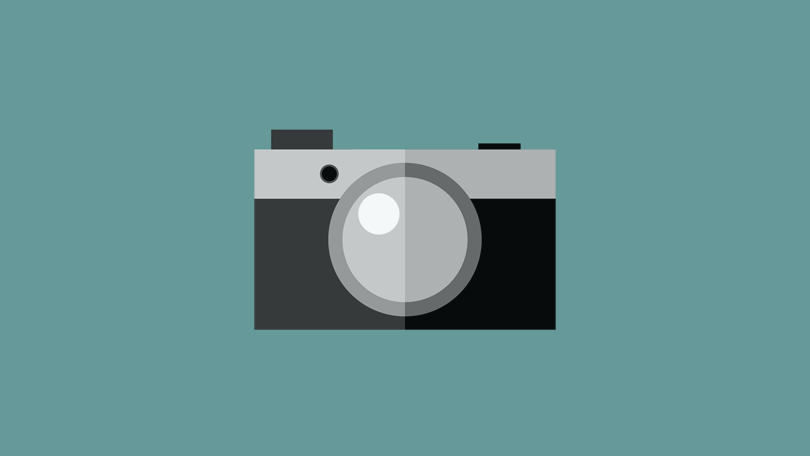Tipes disease or thypus is an infectious disease caused by the bacteria asSalmonella typhi . It is also known as enteric disease, or commonly referred to as typhoid disease . This disease can easily be transmitted through contaminated food and water supplies and close contact with another infected person. The disease is characterized by high fever, sweating, and diarrhea. Although the disease is Tipes very rare in developed countries, the disease is still a serious health threat in developing countries.
The World Health Organization (WHO) has been regarded Tipes disease is a serious problem in endemic areas like India, Southeast Asia, Africa, Central America and South America where there are between 16 and 33 million cases each year that generates more than half a million deaths.
Patients Tipes often experience a high fever of about 103 or 104 degrees (39-40 Celsius).
Early signs of the condition Patients Tipes including:
1. Headache
2. Poor appetite
3. Common Pain and pain
4. Lethargy, weakness, and fatigue
5. Diarrhea
DISEASE TREATMENT Tipes
1. Home Care
If the disease is typhoid is diagnosed at an early stage, usually in the first week, an antibiotic drug tablets can be prescribed to you. Most people need 7 to 14 days of antibiotics.
Some Salmonella typhi bacteria have developed resistance to one or more types of antibiotics.Therefore, you may be prescribed a different antibiotic combinations, depending on where the infection is suspected originated.
Your symptoms should begin to improve within two to three days of taking antibiotics, but it is very important that you do a thorough treatment so that symptoms do not recur.
Make sure that you get enough rest, a lot of drinking and eating regular food. You may be able to tolerate eating smaller, more frequent small meals rather than eating big stout a day.
2. Hospitalization
If admitted to hospital is usually recommended if you have:
1. persistent vomiting
2. severe diarrhea
3. Abdominal swelling
As a precaution, young children who develop typhoid disease can also be treated in hospital.
You will be given an injection of antibiotics and you can also in the infusion so that you can be given fluids and nutrients.
Surgery also may be needed to correct life-threatening complications that develop, such as internal bleeding or if part of the digestive system breaks. However, this is very rare in people treated with antibiotics.
Most people respond well to treatment hospital, and improve within three to five day. However, it may be several weeks until you are well enough to leave hospital.
Relapse
Approximately 1 in 20 people treated for experience Tipes disease relapse. Symptoms usually returned about a week after antibiotic treatment is completed.
Recurrent symptoms are usually mild and last for a shorter amount of time than the first disease, but further treatment with antibiotics is usually recommended. Contact your doctor as soon as possible if your symptoms come back after treatment.
Long-term treatment
Once your symptoms have passed, you should have another test to check if there are still bacteria Salmonella typhi in your stool. If there is, it means that you are a carrier of typhoid disease and you will need for 28 more days of antibiotic treatment to remove bacteria.
Until the test results show that you are free from bacteria, avoid handling or preparing food. It is also very important that you should wash your hands thoroughly after activity.
Advertisement




